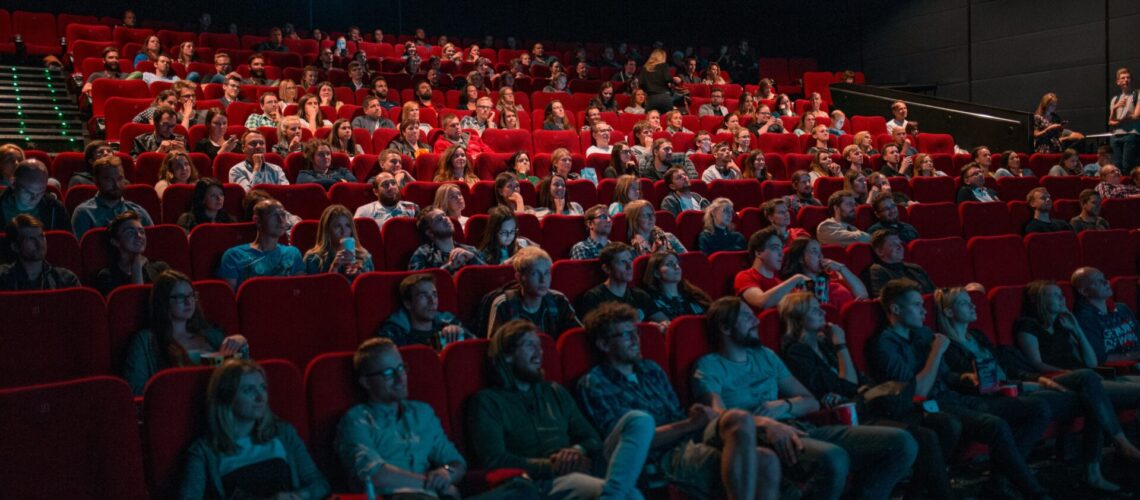Opening night in the theater world carries a weight unlike any other performance. After months of planning, rehearsals, rewrites, and hard work behind the scenes, the very first audience becomes the final missing piece of the production. For those in the industry, including seasoned Broadway and Off-Broadway veteran James Simon, producer and advocate for the arts, opening night is a moment of transformation. It’s when the show becomes more than a vision—it becomes a shared experience.
Whether it’s a black box space or a grand theater, the buzz in the room before the curtain rises is electric. It’s a combination of anticipation, nerves, and hope. No matter how many preview performances have happened, no matter how many times the cast and crew have run the show, opening night is always different. It’s the beginning of the production’s life in the public eye, and it’s a moment no one forgets.
A Crucial Connection
For James Simon, producer of numerous successful theatrical endeavors, that connection between the stage and the first audience is everything. The audience becomes a character in the room. Their laughter, silence, surprise, or applause instantly informs the energy of the performance. Their reactions are raw and unrehearsed, and they give the clearest indication of how a show lands emotionally and thematically.
This interaction creates a unique chemistry. Actors feed off the audience’s energy, and the story being told often shifts slightly based on how that energy flows. While the words may stay the same, the dynamics of delivery, pauses, and momentum can subtly change depending on the mood in the house. The very first audience defines the heartbeat of the show in a way no rehearsal ever could.
Opening Night as a Reality Check
No matter how polished a production may feel in rehearsal, opening night offers the first real test. The stakes are high—not because critics may be in the crowd, but because the room is filled with people who have no connection to the process. They come in without the context of long rehearsal hours or emotional investment in the creative journey. What they experience is the product as it is.
James Simon, producer and arts advocate, views this honesty as essential. The audience doesn’t sugarcoat their reaction. If a joke doesn’t land, it falls flat. If a poignant moment resonates, you can feel the hush in the room. It’s in these moments that producers, directors, and actors alike get immediate insight into what’s working and what isn’t. That feedback—nonverbal yet powerful—often leads to subtle adjustments that make the show stronger over time.
The Start of Something Bigger
While opening night may be seen as a finish line for the rehearsal process, it’s also the starting gate for everything that follows. Once a production is in front of the public, it takes on a life of its own. The audience becomes part of the show’s DNA. Word of mouth begins to spread. The cast develops rhythms informed by real-time responses. From that first performance forward, the show evolves.
This is also when a theater community begins to form around a production. New patrons, returning fans, and those moved by the work begin to build the world beyond the stage. For Simon, this aspect of producing is deeply meaningful. His passion lies not just in launching a show but in seeing it connect with people. The first audience is the seed of that community. Their response starts the ripple effect.
Behind the Curtain: The Producer’s Role
Producers often don’t get the same spotlight as directors or performers, but their role is vital—especially when it comes to opening night. They’ve been there from the start, piecing together the creative and logistical puzzle. They help secure funding, assemble the team, oversee timelines, and solve countless behind-the-scenes challenges. And then, on opening night, they get to step back and watch it all come together.
James Simon, producer of both traditional and experimental theater, understands that part of the job is knowing when to lead and when to trust the process. His philosophy is grounded in collaboration and instinct—making sure the right voices are in the room and allowing those voices to shape the story. Watching a show take flight on opening night is a moment of pride, reflection, and sometimes, surprise.
The Living, Breathing Artform
Live theater is never truly finished, and that’s part of its beauty. Opening night doesn’t lock a show in place. It signals the beginning of its organic evolution. Performances deepen. Interactions change. The energy varies from night to night. And yet, the first audience remains a critical reference point. It sets the tone and gives creators a sense of direction.
For producers like Simon, this is why opening night holds such significance. It’s not just a celebration—it’s a touchstone. It offers clarity, joy, and even a little humility. It reminds everyone involved that theater is about connection. No matter how big or small the production, that moment when the house lights dim and the story begins is something sacred.
Why It Always Matters
Opening night may only last a couple of hours, but its impact lasts the entire run of a production. It shapes how the creative team sees the work. It fuels the performers’ commitment. It builds the foundation for how audiences engage with the material going forward. It’s a night of discovery—for the cast, the crew, the creators, and the crowd.
In the end, what makes theater so powerful is the shared journey between storytellers and spectators. And on that very first night, that journey begins with raw, unrehearsed honesty. It’s thrilling. It’s terrifying. And it’s everything live performance should be.
James Simon, producer and lifelong supporter of the arts, believes in the magic of that first connection. In a world of ever-changing content and constant stimulation, opening night remains one of the few truly communal experiences. It’s live. It’s real. And it only happens once.

